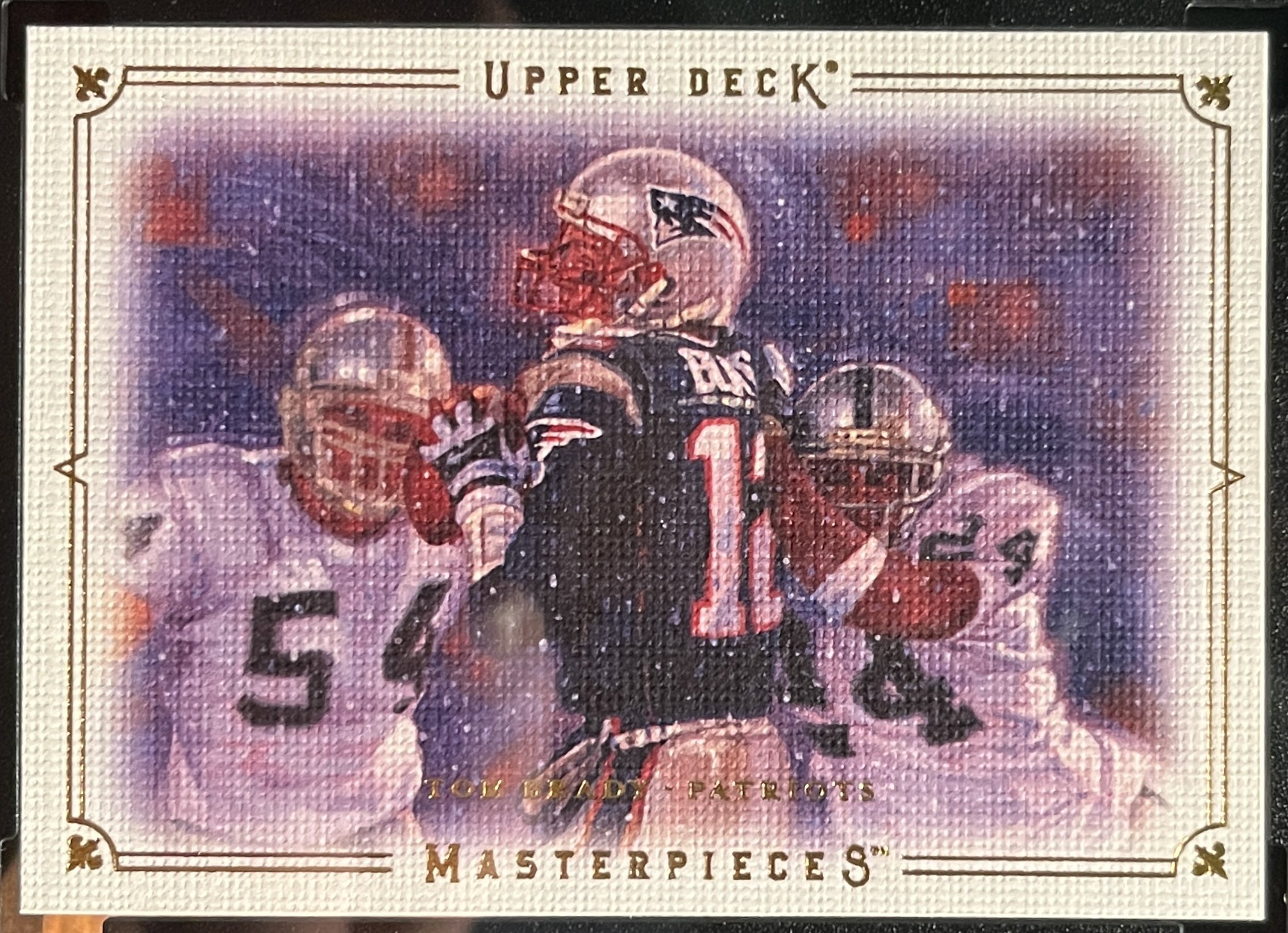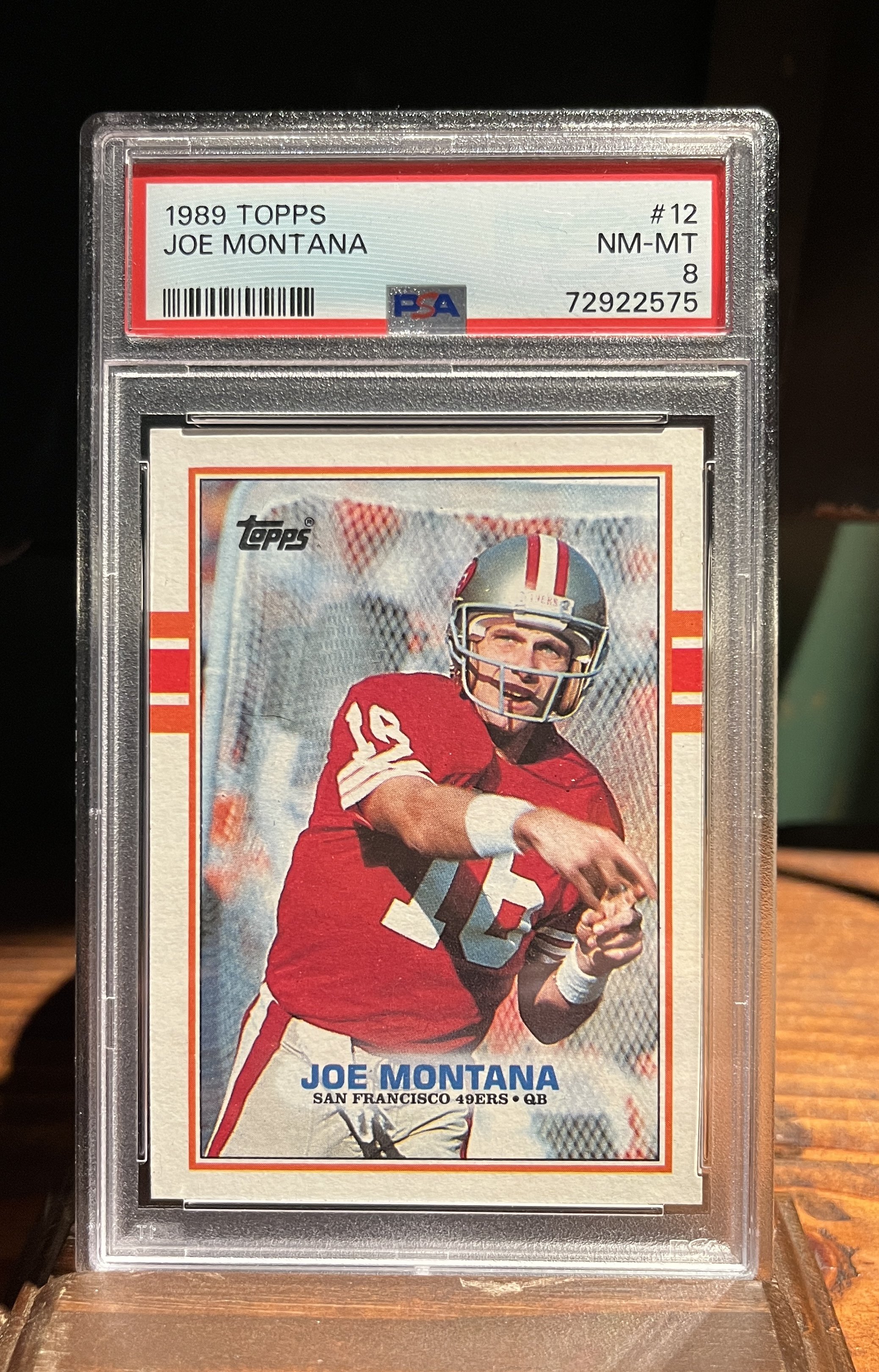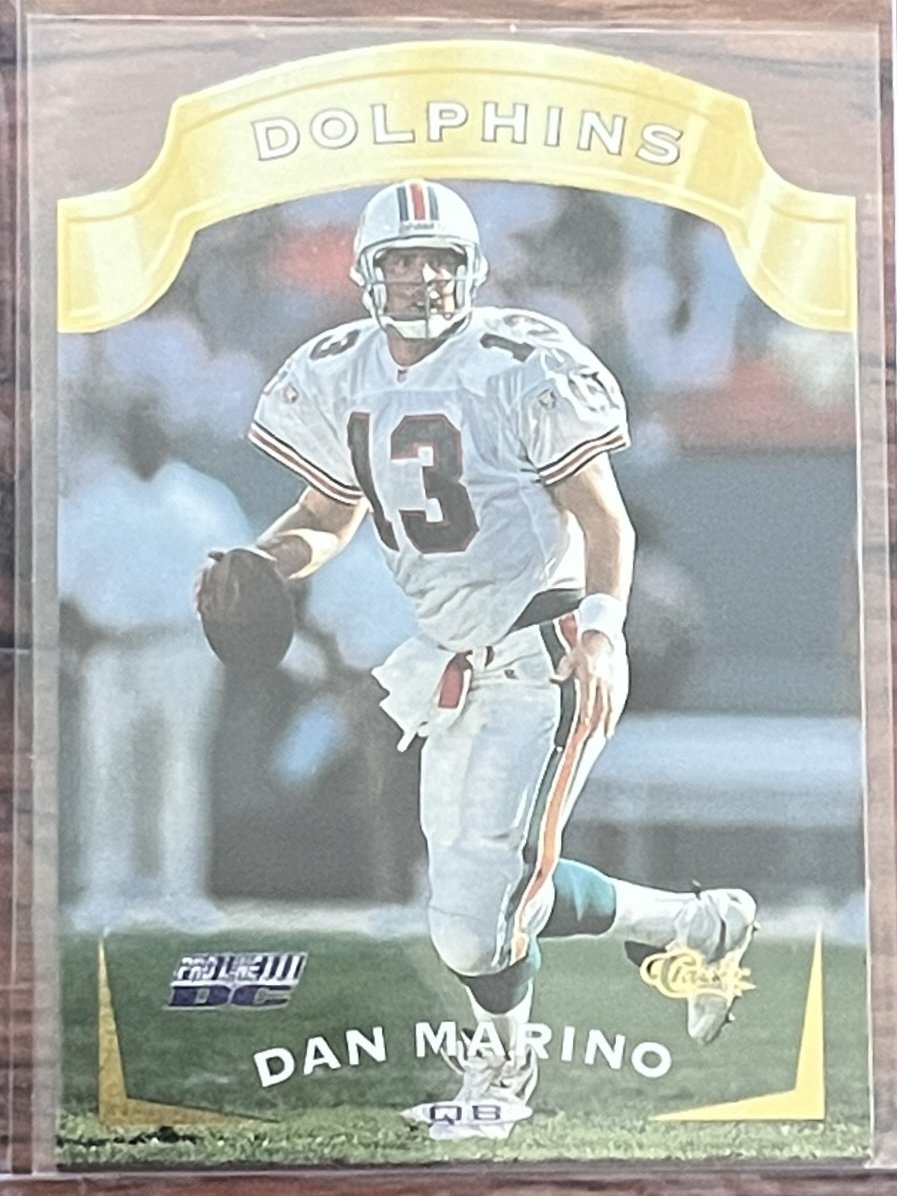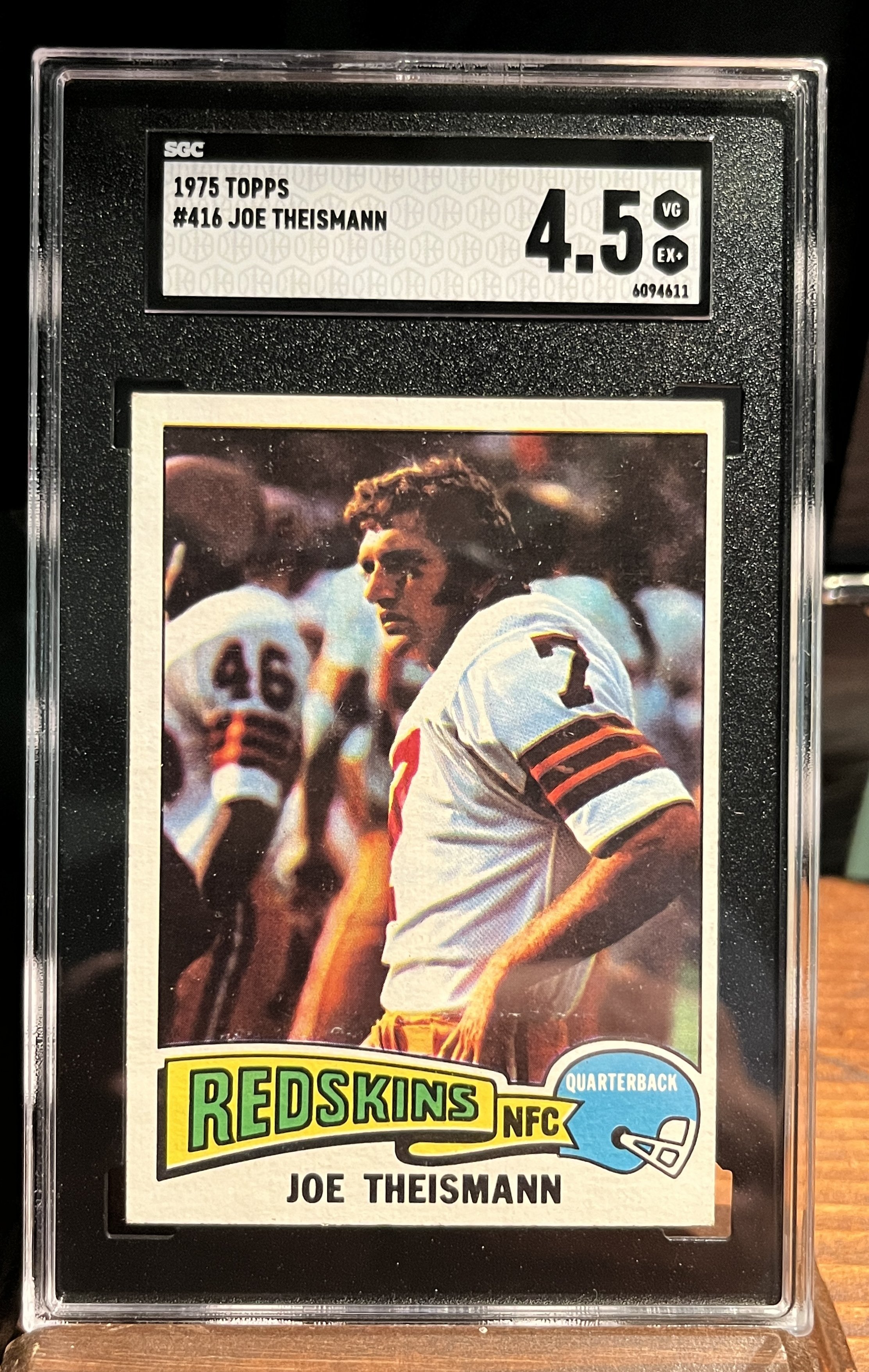 Image 1 of 3
Image 1 of 3

 Image 2 of 3
Image 2 of 3

 Image 3 of 3
Image 3 of 3




SOLD - 2008 Tom Brady #MPP8
SGC 9.5: #1955795 - Mint+
A real beauty from Upper Deck documenting the origins of the infamous “Tuck Rule” Game that propelled the Patriots towards another Super Bowl.
The “tuck rule” gained prominence during a controversial play in a playoff game between the New England Patriots and the Oakland Raiders on January 19, 2002. The rule itself had existed prior to this incident but became widely known and debated due to its application in this particular game.
During the game, late in the fourth quarter, the Patriots' quarterback Tom Brady dropped back to pass and had the ball knocked out of his hand by a Raiders' defender, causing what appeared to be a fumble. The Raiders recovered the loose ball, seemingly sealing their victory.
However, the officials reviewed the play and invoked the “tuck rule.” According to the rule, if a quarterback begins to bring his arm forward in a passing motion and then loses control of the ball, it is considered an incomplete pass rather than a fumble. The officials ruled that Brady's arm was moving forward, even though he appeared to be attempting to tuck the ball back to his body.
The tuck rule call reversed the fumble and gave the Patriots a second chance. They capitalized on the opportunity, ultimately tying the game and winning it in overtime.
SGC 9.5: #1955795 - Mint+
A real beauty from Upper Deck documenting the origins of the infamous “Tuck Rule” Game that propelled the Patriots towards another Super Bowl.
The “tuck rule” gained prominence during a controversial play in a playoff game between the New England Patriots and the Oakland Raiders on January 19, 2002. The rule itself had existed prior to this incident but became widely known and debated due to its application in this particular game.
During the game, late in the fourth quarter, the Patriots' quarterback Tom Brady dropped back to pass and had the ball knocked out of his hand by a Raiders' defender, causing what appeared to be a fumble. The Raiders recovered the loose ball, seemingly sealing their victory.
However, the officials reviewed the play and invoked the “tuck rule.” According to the rule, if a quarterback begins to bring his arm forward in a passing motion and then loses control of the ball, it is considered an incomplete pass rather than a fumble. The officials ruled that Brady's arm was moving forward, even though he appeared to be attempting to tuck the ball back to his body.
The tuck rule call reversed the fumble and gave the Patriots a second chance. They capitalized on the opportunity, ultimately tying the game and winning it in overtime.
SGC 9.5: #1955795 - Mint+
A real beauty from Upper Deck documenting the origins of the infamous “Tuck Rule” Game that propelled the Patriots towards another Super Bowl.
The “tuck rule” gained prominence during a controversial play in a playoff game between the New England Patriots and the Oakland Raiders on January 19, 2002. The rule itself had existed prior to this incident but became widely known and debated due to its application in this particular game.
During the game, late in the fourth quarter, the Patriots' quarterback Tom Brady dropped back to pass and had the ball knocked out of his hand by a Raiders' defender, causing what appeared to be a fumble. The Raiders recovered the loose ball, seemingly sealing their victory.
However, the officials reviewed the play and invoked the “tuck rule.” According to the rule, if a quarterback begins to bring his arm forward in a passing motion and then loses control of the ball, it is considered an incomplete pass rather than a fumble. The officials ruled that Brady's arm was moving forward, even though he appeared to be attempting to tuck the ball back to his body.
The tuck rule call reversed the fumble and gave the Patriots a second chance. They capitalized on the opportunity, ultimately tying the game and winning it in overtime.









